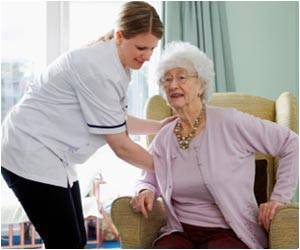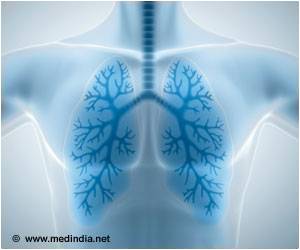The World Safety Day is observed on the 9th of December every year to increase awareness on patients’ safety during treatment.
Highlights
- One in ten patients suffers from some hospital-acquired condition
- Hospital-acquired microbes give rise to drug-resistant infections
- The World Patient Safety Day is observed on the 9th of December every year to increase awareness about patient safety which is an important aspect of health care.
Of extreme importance are the blood borne infections like HIV and hepatitis B that can spread through a needle-stick injury, unsterilized instruments or through blood transfusion, and can have a lasting effect on the patient. This also highlights the importance of testing donated blood adequately before it is transfused.
There are several ways in which hospitals can protect patients and caregivers from acquiring new infections.
- The simple procedure of washing hands with soap and water or using an alcohol-based hand sanitizer between seeing patients can prevent several infections
- Hospitals should take proper antiseptic precautions. The furniture, walls and floor should be regularly sanitized with antiseptics that the microbes are sensitive to. Instruments used for examining and treating the patient should be well sterilized after every use.
- Hospital waste should be properly discarded
- Inpatients especially with drug-resistant infections should be segregated from the others
The hospitals should also train their doctors and other staff to prevent any mishaps. One common cause of mishaps are the illegible prescriptions. Many drugs have similar names, and the pharmacist may be substituted one for the other if the prescription is not clear, resulting in grave consequences for the patient.
Prescriptions should be clearly written so that there is no error by the pharmacist in dispensing the medications.
Research on how to avoid errors in medical practice should also be carried out. A reporting system can help to track safety-related issues for the patient, which should later be discussed and steps should be taken to avoid these in the future. Technology can also help to maintain centralized patient records. For example, if the patient visits a skin specialist regularly and now needs to meet a nephrologist in the same hospital, centralized records can give an idea to the nephrologist as to the type of treatment the patient is already receiving.
- Patients should inform their doctor if they are on any treatment, if they are allergic to any medications, or if they are pregnant or breastfeeding in case of women. This will help the doctor to plan the treatment better.
- Telling the doctor about any illness in the family can also help him/her to reach a correct diagnosis and ensure proper treatment.
- Patients should follow the doctor’s instructions carefully to ensure maximum benefit and least complications
- Patients admitted in hospitals and their caregivers should use an alcohol-based sanitizer on a regular basis
- Environmentally and socially responsible procurement - (http://www.who.int)










